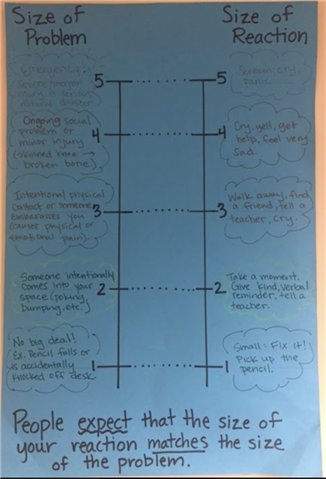What a rich conversation on the impact of inquiry on student performance and teacher instruction!
What will you take from this discussion to share with your colleagues as you prepare or the upcoming school year? Post your comments below and let’s keep put that inquiry into practice!

